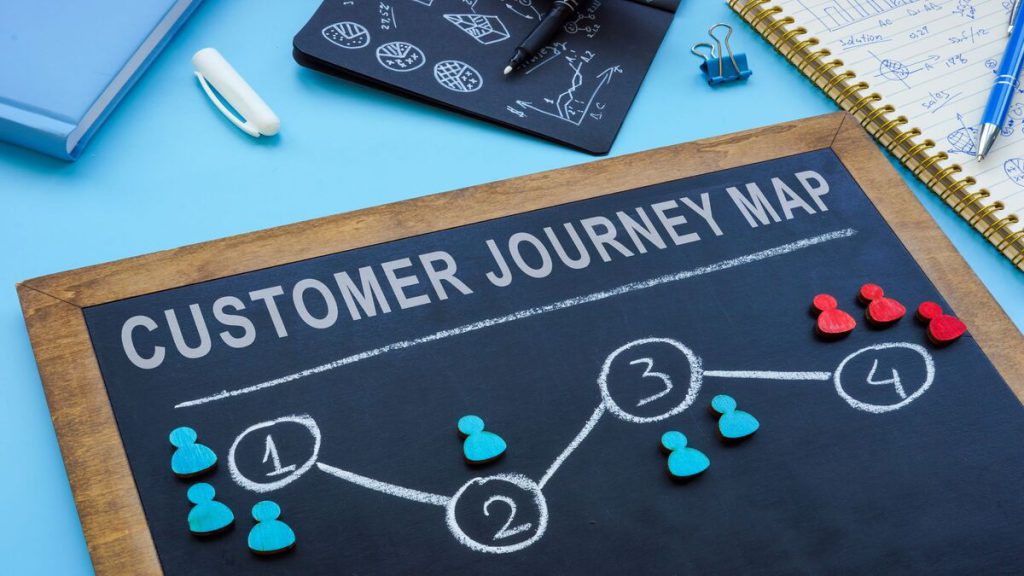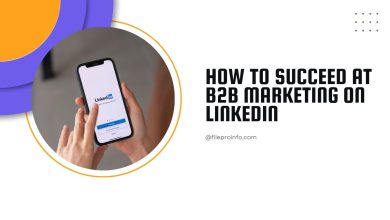
Did you know there were 268 million online buyers in the United States in 2022, and it’s expected to reach nearly 285 million by 2025? This figure shows the vast potential for businesses to tap into the digital world and connect with their target audience more effectively.
Customer purchasing has tremendously evolved over the years. People no longer rely solely on traditional methods to find products or services. Instead, potential customers browse the internet for what they need. To sum it up, the buying journey has shifted from offline to online. Search engine optimization (SEO) capitalizes on this shift, enabling businesses to put their brand in front of their target market and fuel conversions.
As a business owner, keeping up with SEO trends and techniques can be overwhelming as you already have plenty of responsibilities. It may divide your attention and focus, leading to burnout and other negative consequences. That said, partnering with Digital Sisco or any other reputable digital marketing agency can be your best option to do the work for you.
Before diving into the SEO details, the article will cover the customer-buying journey and its anatomy.

What is a customer journey?
The customer journey represents a customer’s experience when interacting with your business. It outlines every step of their decision-making process, from awareness to purchase. This journey involves researching the product, reading reviews, comparing prices, and finally deciding which company or product to buy.
Generally, it takes customers an average of eight touchpoints before they convert. Therefore, businesses need to analyze this factor, step up their current system, and optimize for each stage of the buying journey. This way, marketers can anticipate customer needs and be present at the right time with valuable information to convert them into paying patrons.
Here are four primary stages of the buyer’s journey to give you more insights.
- Awareness: The awareness phase is the beginning of your customer’s journey and a crucial stage for marketers as it’s the entry point of your customers to a brand. During this stage, prospects become aware of their pain points, seek answers, and gather information about possible solutions. In other words, they haven’t decided on a specific product; they’re researching the best option.
- Consideration: At this point, consumers probably have a few solutions in mind and are searching for further evaluation. They might have a list of criteria to decide which brand meets their needs. In this stage, buyers analyze each option, weigh their pros and cons, consider prices and features, and read reviews. Consideration is about seeking for more detailed information to make an informed decision.
- Purchase: Customers finally decide on a product or service and are ready to purchase, but it doesn’t mean they’re done researching. Buyers usually double-check their options to ensure they’re making the right choice. They’ll likely land on a site again and check the company’s reputation, discounts and promotions, payment methods, return policies, and other essential details before committing to their purchase.
- Retention: The retention stage is all about maintaining and nurturing customer relationships. After purchase, customers may decide to stick with a particular brand or move on to another one. This stage focuses on positive customer experiences, resulting in customer loyalty and brand advocacy.
Now that you’ve learned more about the customer journey, it’s time to leverage SEO into the mix.

Use SEO in your customer buying journey
Search engine optimization (SEO) is now essential to any marketing tactics. Fortune 500 companies, small businesses, and startups are investing in SEO to gain visibility and increase website traffic. In fact, experts valued the global SEO market at USD$1808.28 million in 2022 and predicted it to reach USD$7184.19 million by 2028 with a compound annual growth rate (CAGR) of 25.85% during the analysis period.
SEO is a set of strategies to rank websites in search engine results pages (SERPs). Nevertheless, ranking well on the SERPs is just one step in the equation. To truly leverage SEO for your business, you must integrate it into your customers’ buying journey. After all, SEO is also based on understanding customer behavior and preferences.
To effectively use SEO to support your customers’ buying journey, here’s a step-by-step guide to follow:
1. Conduct keyword research
Buying journey begins with awareness. People use specific words or phrases to do their research and find solutions. If those keywords don’t match your site’s content, you won’t be able to attract your target audience. This is because search engines rely on keywords to determine a website’s relevance to a customer search query.
A recent study revealed that an average person conducts three to four online searches daily, making it 9 billion searches worldwide. This vast opportunity allows you to reach out to your target customers. That’s when keyword research can be of assistance.
To conduct keyword research successfully and reach the awareness stage, you should:
- List down all the words and phrases related to your business.
- Assess the keywords’ competition level, difficulty level, and search volume.
- Consider the short and long-tail keywords.
- Research your competitors’ keyword strategies.
- Use innovative keyword research tools.
These are just a few steps you can take to identify relevant keywords. Once done, incorporate them into your website content, product descriptions, and other marketing collaterals. This way, you can reach more potential customers and eventually move them to the conversion phase.
2. Produce helpful and updated content
A report by Search Engine Journal shows that search engines consider content freshness as one of the primary factors when ranking websites. Content is integral not just for SEO but also in the customer buying journey. After all, content can address customers’ pain points, persuade people, and influence their purchasing decisions—but only if you develop content that speaks to your target market.
Content creation comes in different forms, such as:
- Blog posts: It educates customers and provides solutions to their problems.
- How-to guides: This content is a step-by-step guide that helps consumers better understand how a product works.
- Testimonials and case studies: It builds credibility and trust by showcasing how others have benefited from your product or service. Testimonials and case studies assure people of their safety and security.
- Whitepapers: This report-based document offers more detailed research and analysis.
- Infographics and videos: This content demonstrates products or services, answers frequently asked questions (FAQs), and addresses customer concerns.
- Webinars: A webinar is an online event that connects you to your target audience in real time, discussing issues, providing feedback, and making an impact.
Each content has an integral role in the buying process. For example, you can use blog posts and how-to guides to attract potential customers in the awareness stage. On the other hand, testimonials, reviews, and case studies can help customers in the evaluation or decision-making process. To nurture leads in the conversion phase, whitepapers and infographics content can be your great assets.
As you can see, content can boost SEO performance and the customer buying journey. To achieve the desired outcomes, map out an audience-centric content strategy, and align it with SEO objectives.
3. Build strong backlinks
Backlinks are essential to SEO as they give your website the search engine’s trust. Simply put, backlinks are inbound links from external websites that point to your website. It indicates that your website is authentic, credible, and provides valuable information to customers. So, the more quality backlinks your site has, the more chances it appears on the first page in search results.
To build high-quality backlinks, make sure to:
- Collaborate with reputable websites to link yours to theirs.
- Write informative guest posts on influential websites.
- Participate in Q&A sites to answer questions related to your business.
- Reach out for link opportunities with content marketing tactics.
- Create a blog directory of resources and tools.
- Interlink from one page to another on your website.
Link building establishes authority and trustworthiness, as customers will no longer have any doubts about your brand. This makes their purchase decisions more straightforward and efficient, driving them to the conversion stage.
Building solid backlinks is an ongoing and resource-intensive process. So, strategize your backlink-building activities and synchronize them with the customer’s journey for better results.
4. Improve website loading speed
No one likes to stay on a slow-loading site. Speed has been one of the ranking factors since 2010. It’s a crucial element in SEO optimization as it reduces bounce rates and improves customer experience. A rule of thumb is to keep your page loading time within 3 seconds or below. Otherwise, prospects will abandon your site and search elsewhere.
To increase your website’s loading speed, use these tactics:
- Compress images and videos.
- Minimize hypertext transfer protocol (HTTP) requests by merging cascading style sheets (CSS) and JavaScript files into one.
- Leverage browser caching to reduce server load time.
- Optimize your website for mobile devices with a responsive design.
- Enable Content Delivery Networks (CDNs).
- Improve server response time.
These tactics will help you reduce loading times and improve the customer journey. As a result, prospects will likely stay on your website longer, explore more content, and become qualified leads.
Conclusion
Search engine optimization can do more than just drive organic traffic. It can also achieve your customer-centric objectives and improve the buying journey. Consider the guidelines above and establish an effective SEO strategy that enhances your customer’s journey for better engagement, conversion, and retention.
Let your target audience’s buying journey be seamless; integrate SEO practices into your marketing plan to enjoy sales and profit growth.




